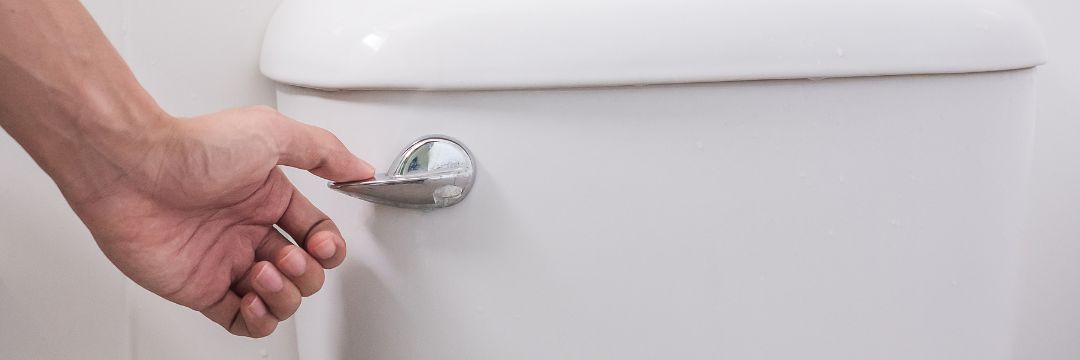
BPH, or benign prosthetic hyperplasia, is a widespread condition that men experience as they age. It is estimated that about 50% of men over the age of 50 and 80% of men over the age of 80 experience the condition. BPH is the non-cancerous enlargement of the prostate due to the proliferation of prostatic cells. As the prostate grows, it puts pressure on the urethra – the conduit for urine to exit the body – and patients begin to experience lower urinary tract symptoms or LUTS. It is important to reiterate that BPH is not prostate cancer, nor does it lead to prostate cancer, though both can be present, and later stages of prostate cancer can be symptomatic.
The Signs and Symptoms of BPH
BPH causes several urinary symptoms, which may include:
- Urgency to urinate
- A feeling that your bladder is still full after voiding
- Slow urinary stream
- Interrupted urinary stream
- Urge incontinence and
- Nocturia or needing to go to the bathroom several times at night
- Amongst other symptoms.
How We Diagnose BPH
Many symptoms associated with BPH are nonspecific, meaning they are shared with other urinary conditions. As such, some testing may be necessary, especially in its earliest stages. First, we will take a complete medical history to understand your general health. We will also ask you to fill out a form known as the International Prostate Symptom Score. This is an easy multiple-choice questionnaire that lets us know how urinary symptoms are affecting you. If necessary, we will also use cystoscopy to visualize prostatic growth. Most cases of BPH are easily diagnosed, at which point we will consult with you about treatment options.
Common Treatments for BPH
We must take a measured approach toward treating BPH; as such, several options start with, very simple, watchful waiting. Watchful waiting requires no procedure or medication; however, we discuss how symptoms may progress and when you should return to us to begin therapy. Many patients with BPH may also carry excess weight or be obese. If this is the case, we will suggest lifestyle change (improved diet and exercise) as an important next step to mitigate some of the prostatic symptoms simply through better health.
When therapy is indicated, the first line of defense is medication. Medicine such as Flomax relieves some urethral compression and allows for proper voiding. Medication is only helpful for a limited amount of time, however. First, patients may experience side effects from the drug that may impede their lifestyle or are intolerable. Further, medications do not slow the growth of prostatic tissue, and as such, they become less effective over time. Most patients using these medications require further treatment down the road.
A Note on Herbal Supplements
You’ve likely seen much marketing surrounding herbal supplements for prosthetic enlargement, including saw palmetto. These products are not evaluated by the FDA and may or may not have adverse effects once taken. However, should you choose to take the supplements, it is important that you do so under the care of your primary care physician or urologist. We acknowledge that there may be some placebo effect to taking saw palmetto, so we do not necessarily discourage its use.
Minimally Invasive In-Office Procedures
Many patients can be treated using minimally invasive procedures in our offices. Most commonly, patients are treated with Rezum, a treatment known as ablation – the destruction of prostatic tissue by applying hot water vapor to the enlargement area. With several options available today, we encourage you to contact our office to see what’s best for you. Additionally, most of these procedures take less than 10 minutes, and patients have virtually no downtime. These procedures are also durable, lasting up to five years in clinical trials. Lastly, a significant benefit of these in-office procedures is not precluding the use of other procedures or therapies for BPH. This makes in-office procedures a low-risk, high-potential reward option for BPH.
HoLEP (holmium laser enucleation of the prostate)
Holmium laser enucleation of the prostate therapy for prostatic hyperplasia is an effective therapy that uses heat from a laser light source to eliminate the tissue within the prostate capsule. This is typically used for larger prostates and those that have not been successful with
Transurethral Resection of the Prostate (TURP)
The once gold standard for treating prosthetic enlargement is surgery in the form of transurethral resection of the prostate or TURP. TURP is performed in a minimally invasive manner using electro-cautery. During this procedure, we shave excess prostatic tissue using an electrically charged metallic band. Patients experience relief almost immediately after the procedure is performed, and this lasts up to seven or even ten years. When prostatic tissue begins to regrow, an additional TURP or in-office procedure can be performed. A TURP is not without side effects, and other than blood in the urine, which is to be expected, there is a virtually 100% chance of retrograde ejaculation.
Aquablation
Aquablation is a relatively newer and heavily marketed procedure using an autonomous robot to deliver targeted water jets to separate and destroy prostatic tissue. This procedure has benefits and risks, which we will discuss further on our page about Aquablation for BPH.
What You Shouldn’t Do With BPH
Because of the urinary issues that BPH causes, some men are tempted to reduce their fluid intake and thus limit the number of times they go to the bathroom at night. This is not advisable as dehydration can cause other potential concerns, including bladder irritation which, yes, can cause urinary symptoms.
Men will also often remove themselves from social activities for fear that they will require urgent trips to the bathroom. This can be easily solved by visiting a urologist and starting treatment for LUTS.
Lastly, men often avoid going to their urologist either because of embarrassment or because they think they can tough it out. Instead, patients should visit their urologist at the earliest signs to have the broadest number of treatment options and the best chance of longer-term remission of symptoms.
Some patients are concerned about prostate cancer. It is important to understand that virtually all cases of prostate cancer are not accompanied by urinary symptoms; therefore, BPH is a much more likely scenario. Symptomatic prostate cancer is usually limited to its advanced stages.
Next Steps
If you are reading this article, congratulations on taking the first step toward addressing your urinary symptoms. There are many effective treatments for an enlarged prostate, so speak to a qualified urologist and urologic surgeon like Dr. Natale to understand which procedures are available for the best outcomes with the fewest potential side effects. We look forward to seeing you at our office for a consultation.









